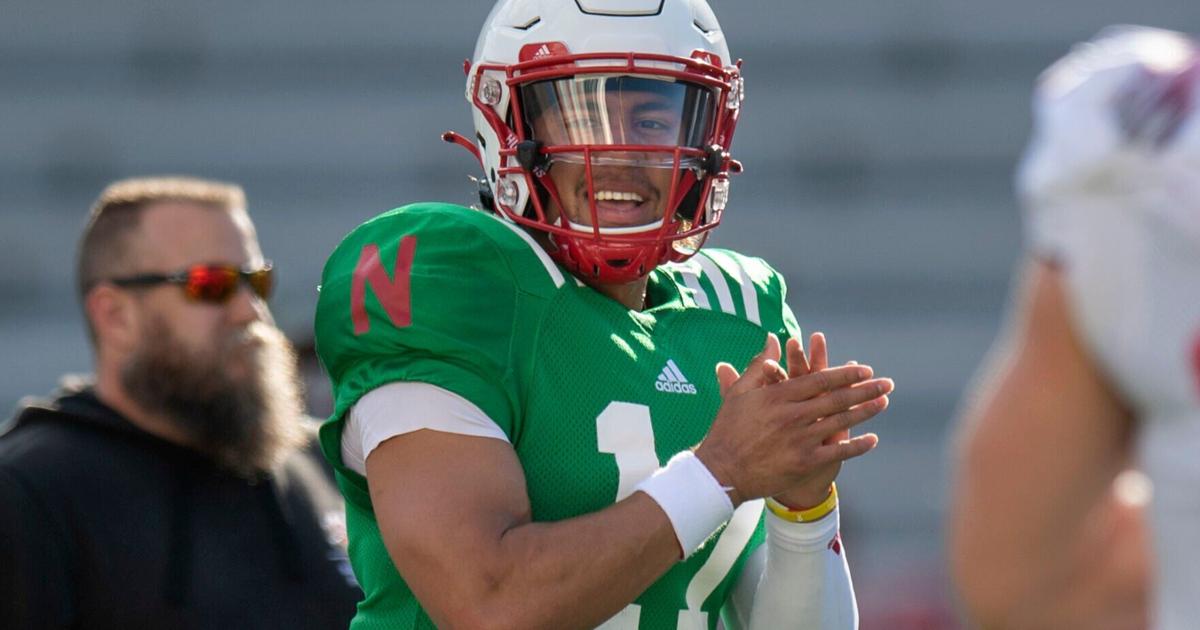This is a really hard question to answer, because it really depends on how you want to do it. How do you set it up, cov/uncov rules, do you use a count method, do you teach tracks, if you're teaching zone, I'm guessing you'll have an inside and outside variation, what are your aim points. That's why people major it in it.
But to me personally, it's not hard. We run 4-5 run schemes in a year. Our primary schemes are Tight Zone, Power/Counter (Same scheme in my world), and Pin and Pull. Then we run a super dumbed down wide zone (reckless reach). Tight Zone is the most intricate and has the most variation, rules, calls, etc. But once you load their toolbox, it's fool proof and players can really adjust on the fly. To me, it's not hard. But I'm bored and have kids testing today, so I'll hammer out how we do it.
#1 - Center ID. We used to do a count, threw it out. There are a couple ways of counting in zone, It's really good for ID overloads and when to push the count, but I've found at the HS, it's a waste of time and just confuses.
- Our center IDs Point or Box. That's it. Point in 4 down, he's uncovered, finds the PSLB. If it's odd, he's covered, It's Box.
#2 - After the ID, we make our calls and the guys upfront know to execute their "scan" Basically meaning, Is my call side gap open or closed, do I have a head up defender, is my backside gap open or closed. They will have one of those 3 scenarios, every single play. That's what sets our double teams in our Tight Zone. For us, it's a vertical push/displacement scheme. We're trying to hit frontside A to backside B.
#3 - OL make their calls starting with the frontside echoing to the backside to set their doubles, Ted or Todd, Gut, Cage, A, B, C then how we want our pod to block it. We use the same verbiage across our schemes as our doubles apply to our gap scheme stuff as well and our half-slide pass pro.
#4 - The basics of it are this, If I have a man in my call side gap or head up, I've got a base block and I may get help if communicated. My tech doesn't really change. If I have a man in my backside gap, I'm helping my backside teammate to the LB I probably have in my call side gap and/or head up.
#5 - We have a few basic calls, our base call is wedge 90 - technique for our vertical double, near knees to crotch. We also have jack and hip, both techs for executing a gallop and violent flipper/shiver to knock the DL into a gap. Then we have our fold (Fred) call where we will execute a pin technique with one OL, and quick skip pull by the backside OL of the call.
That's how we teach our Tight Zone at the high school level. Our Wide zone is stupid simple. We try to rip reach our gap with reckless abandon and at all costs.
Here's a couple screen shots of our TZ from our OL playbook I've used for several years
View attachment 9071
View attachment 9072
